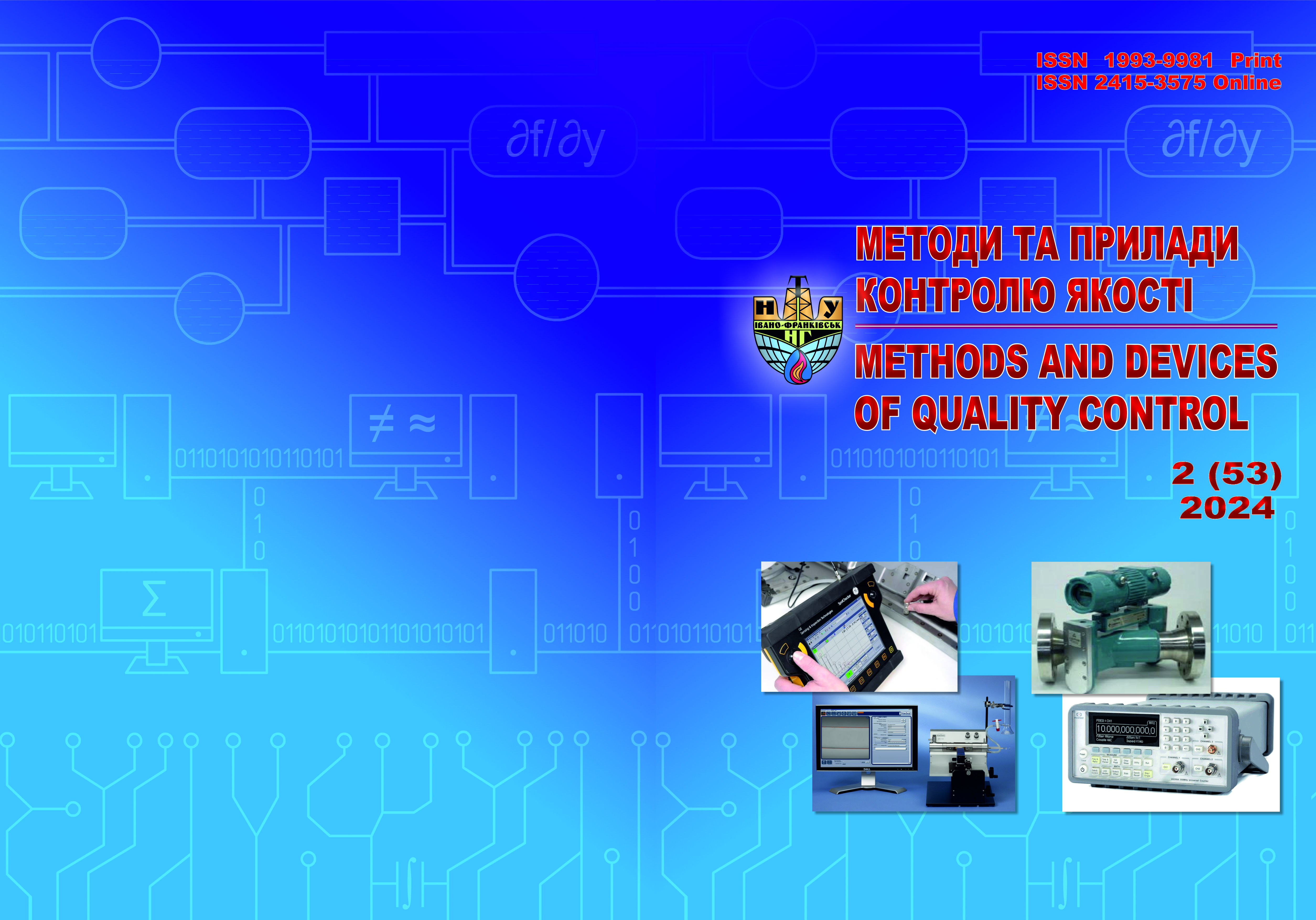ІНФОРМАЦІЙНА МОДЕЛЬ ПРИРОДООХОРОННОГО БЕЗЕКІПАЖНОГО НАДВОДНОГО СУДНА ЯК ОБ’ЄКТА АВТОМАТИЗАЦІЇ
DOI:
https://doi.org/10.31471/1993-9981-2024-2(53)-53-59Ключові слова:
безекіпажне надводне судно, автоматичне керування, інформаційна модель, інформаційний потік, природоохоронна місія.Анотація
У статті запропоновано науково-методологічне підґрунтя для розробки ефективних систем автоматичного керування природоохоронним безекіпажним надводним судном. Теоретичну основу утворює множина інформаційних моделей такого судна як об’єкта його автоматизації для основних режимів експлуатації. Аналіз режимів роботи природоохоронного судна показав, що його інформаційну модель можна представити у вигляді трьох основних складових: субмоделі внутрішніх інформаційних потоків, що функціонують на судні між складовими його обладнання, субмоделі зовнішніх інформаційних потоків, що описують канали обміну інформацією між судном і береговим центром керування, та субмоделі фізичних полів різної природи, які породжуються надводним судном та його корисним вантажем. Інформаційну субмодель внутрішніх інформаційних потоків запропоновано створювати у складі інформаційних потоків від датчиків, що вимірюють гідрофізичні та гідрохімічні характеристики морського середовища, інформаційних потоків від навігаційних датчиків судна, що вимірюють параметри його руху як об’єкта автоматичного керування, інформаційних потоків системи керування основною енергетичною установкою судна та його рушійно-рульовою установкою, інформаційних потоків від датчиків діагностичної системи судна, які дають змогу контролювати її технічний стан та прогнозувати тривалість морської місії. Інформаційну субмодель зовнішніх інформаційних потоків пропонується створювати у складі інформаційних потоків від сенсорів виконавчих механізмів і систем судна та його корисного вантажу, а також від сенсорів систем контролю та діагностики судна та корисного вантажу, інформаційних потоків, які утворюють сигнали дистанційного ручного чи автоматизованого керування судном, а також інформаційних потоків від системи документування процесу та результатів роботи. Інформаційну субмодель фізичних полів різної природи, які породжує судно та його корисний вантаж, пропонується створювати у складі інформаційних потоків акустичних та гідроакустичних шумів механізмів судна та корисного вантажу, теплових та електромагнітних випромінювань судна, випромінювань його гідроакустичної апаратури. Отримана множина моделей може бути використана при розробці алгоритмічного та програмного забезпечення природоохоронного безекіпажного надводного судна як об’єкта автоматизації.
Завантаження
Посилання
Manley J. E. Unmanned surface vehicles, 15 years of development. OCEANS 2008, Quebec City, QC, Canada. 2008. P. 1-4. DOI: 10.1109/OCEANS.2008.5152052
Dobref V., Popa I., Popov P., Scurtu I. C. Unmanned Surface Vessel for Marine Data Acquisition. IOP Conference Series Earth and Environmental Science. June 2018. Vol. 172. 012034. DOI: 10.1088/1755-1315/172/1/012034
Sotelo-Torres F., Alvarez L.V., Roberts R.C. An Unmanned Surface Vehicle (USV): Development of an Autonomous Boat with a Sensor Integration System for Bathymetric Surveys. Sensors. 2023. Vol. 23 4420. DOI:10.3390/s23094420
Othman E. H. A Review on Current Design of Unmanned Surface Vehicles (USVs). Journal of Advanced Review on Scientific Research. 2015. Vol. 16. No.1. P. 12-17.
Blintsov V., Aloba L. T. Control automation of maritime unmanned complex with a group of autonomous underwater vehicles. EUREKA: Physics and Engineering. 2019. Nо.4. P. 54-62. DOI: 10.21303/2461-4262.2019.00940
Blintsov V., Maidaniuk P., Sirivchuk A. Improvement of Technical Supply of Projects of Robotized Monitoring of Underwater Conditions in Shallow Water Areas. EUREKA: Physics and Engineering. 2019. Nо.3. P. 41-49.
Zhixiang Liu, Youmin Zhang, Xiang Yu, Xiang Yu. Unmanned surface vehicles: An overview of developments and challenges. Annual Reviews in Control. 2016. Vol. 41. P. 71-93. DOI:10.1016/j.arcontrol.2016.04.018
Information model. https://uk.wikipedia.org/wiki/інформаційна_модель [in Ukrainian]
5 Ways Ship Information Modeling (SIM) is Revolutionizing Shipbuilding Projects. https://naval-architect.io/ship-information-modeling-sim/
Elbert R., Walter F. Information flow along the maritime transport chain – a simulation based approach to determine impacts of estimated time of arrival messages on the capacity utilization. Proceedings of the Winter Simulation Conference, Savannah, GA, USA. 2014. P. 1795-1806. DOI: 10.1109/WSC.2014.7020028
Little L.R., Kuikka S., Punt A.E., Pantus F., Davies C.R., Mapstone B.D. Information flow among fishing vessels modelled using a Bayesian network. Environmental Modelling & Software. 2004. Vol. 19. Iss. 1. P. 27-34. DOI: 10.1016/S1364-8152(03)00100-2
Vilsky G. Model-definition "Information security of a ship". Ukrainian Scientific Journal of Information Security. 2018. Vol. 24. No 3. P. 217-220. DOI: 10.18372/2225-5036.24.13432 [in Ukrainian]
You X., Ma F., Liu J., Wang, X., Yan X. Retrofit an 11-meter yacht for autonomous navigation. Proceedings of the International Ship Control Systems Symposium (iSCSS). 2020. 11126. DOI: 10.24868/issn.2631-8741.2020.012


.png)




